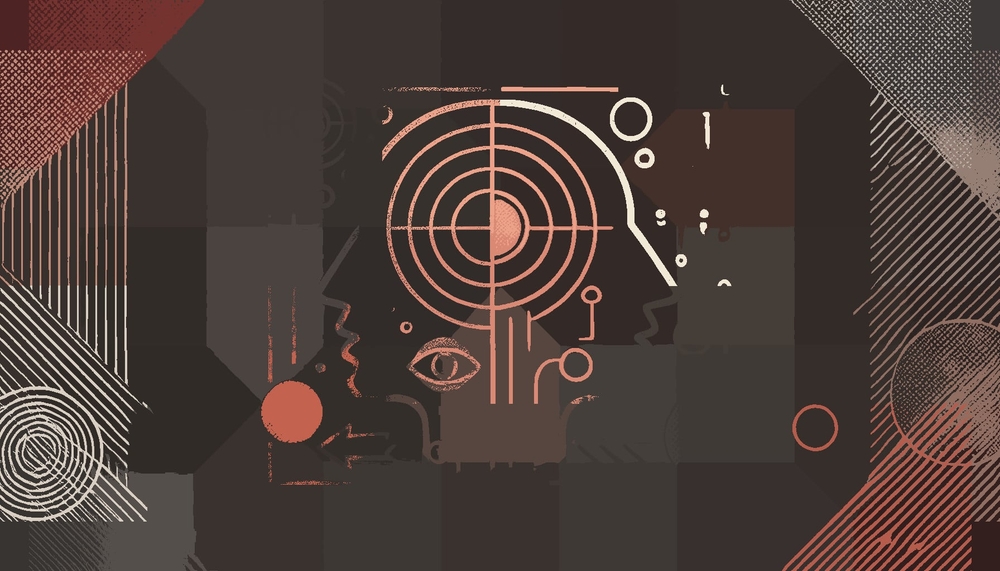Published
- 4 min read
Introverted vs Extroverted Thinking Styles in Tech

Introverted vs Extroverted Thinking Styles in Tech
According to Jungian personality typology, there are two main thinking types—introverted and extroverted. Introverted thinkers value conceptual purity and coherence, finding joy in logic puzzles without real-world constraints. Extroverted thinkers, on the other hand, care about results. If it ships and works, that’s what matters.
Idealism vs. Pragmatism
Debates around idealism versus pragmatism often come down to personality. INTPs and other “TP/FJ” types lean introverted. They focus on flawless abstract systems, not necessarily shipping products. INTJs and “TJ/FP” types, meanwhile, lean extroverted. They’re all about effective execution.
In leadership roles, these tendencies play out predictably:
- Introverted thinkers like architects and CTOs often set uncompromising standards to achieve technical elegance.
- Extroverted thinkers like engineering VPs focus on tangible progress—building and shipping.
Neither style alone cuts it long-term. Too much introverted thinking leads to beautiful systems that never work in practice. Too much extroverted thinking loses sight of the bigger picture. You need both personalities to keep each other in check through healthy tension and debate.
Finding the Balance
Effective leaders strike a balance between finding the perfect technical solution and delivering something useful. Introverted thinkers who can complement their style with extroverted thinking, and vice versa, often thrive in roles like CTO or VP of Engineering.
Introverted Thinkers in Tech
Introverted thinkers (INTP, ENTP, ISTP, ESTP, INFJ, ENFJ, ISFJ, ESFJ) are drawn to technical elegance and coherence. They enjoy discussing theories and abstract concepts, and often get lost “going down rabbit holes.” Their focus is on long-term technical vision, not necessarily immediate results.
Traits
- Care more about theories, ideas, and aesthetic elegance.
- Enjoy discussing abstract concepts and design aesthetics.
- May spend time perfecting code for cleanliness or elegance, rather than meeting deadlines.
- Have strong opinions on technical approaches and are always looking for a better way.
- Praise new technologies based on potential, not immediate practicality.
- Phrases: “What if we…?” “I have an idea…” “There’s a better way…”
Common Roles
- Chief Architect
- CTO
- Principal Engineer
- Solutions Architect
These are the visionaries who provide long-term technical direction. Their innovations often spark industry-wide transformations. However, they need a balance from product-driven extroverted thinkers who ensure these abstract ideas translate into real-world applications.
Extroverted Thinkers
Extroverted thinkers (INTJ, ENTJ, ISTJ, ESTJ, ENFP, ESFP, ISFP, INFP) focus on real-world results. They care about hitting deadlines, shipping products, and delivering measurable impact. Their thinking is pragmatic—does it work, and can we move forward?
Traits
- Focus on practical objectives, shipping, and real-world results.
- Enjoy discussing project plans, deliverables, and product specifics.
- Driven to make quick decisions to meet deadlines and move the needle.
- Will push to ship “good enough” code, prioritizing results over perfection.
- Have strong opinions on product features and business objectives.
- Phrases: “Let’s ship this.” “What’s realistic?” “Does it work?”
Common Roles
- Engineering VP
- Head of Product
- Program Manager
- Scrum Master
These are the drivers of progress. Extroverted thinkers ensure that projects stay on track, deadlines are met, and that there’s tangible business impact. They serve as a pragmatic counterbalance to the introverted thinkers, making sure ideas actually get translated into practice.
Tips
Both introverted and extroverted thinking styles have their place in tech, but the magic happens when they work together. Introverted thinkers push for innovation and long-term vision, while extroverted thinkers ensure the wheels keep turning and results are delivered. Balancing the two is critical for leadership in the tech industry.
For Extroverted Thinkers:
- Be patient with details and don’t expect instant answers from introverted thinkers.
- Don’t rush perfectionists—give them space to explore solutions.
- Push for milestones but respect the process that gets you there.
- Use tooling and automation to maintain consistency.
- Learn the value of slow, methodical vetting of options rather than quick fixes.
- Create opportunities for root-cause analysis.
- Don’t rely on throwing more money at a problem as a quick solution.
For Introverted Thinkers:
- Explain your theoretical concerns in simple, relatable terms.
- When communicating, try to reason backwards from effect to cause.
- Set clear goals and break them down into manageable chunks.
- Align your work with timelines and business objectives.
- Show business value early—don’t wait for the “perfect” solution.
- Avoid defensiveness around sunk cognitive costs—learn to pivot when necessary.
- Find a niche within your company where you can thrive without constraints.
- Become an in-house expert to earn more autonomy.
Final Thoughts
Understanding whether you lean toward introverted or extroverted thinking can help you navigate your role in the tech industry. Both thinking styles are essential, and success often depends on how well they complement each other. Leaders who balance big-picture vision with real-world practicality tend to foster innovation while ensuring progress.
Written by a (likely biased) extroverted thinker.